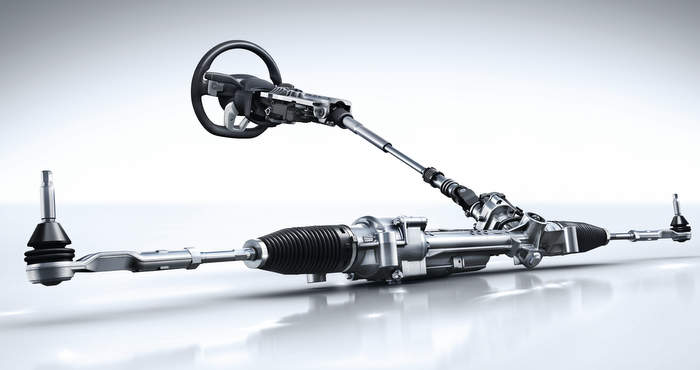Blind spot detection is a safety feature that helps drivers avoid accidents by warning them of vehicles that are in their blind spots. Blind spots are areas that cannot be seen by the driver when looking through the rearview and side mirrors. These areas are created by the size and shape of the vehicle, as well as by the driver’s position behind the wheel.
Blind spot detection systems use a variety of sensors to detect vehicles in the driver’s blind spots. These sensors can include radar, cameras, or ultrasonic waves. When a vehicle is detected in a blind spot, the system will warn the driver in one of several ways. This may include a visual warning on the side mirrors, a audible warning, or a vibration in the steering wheel.
Blind spot detection systems can be a very effective way to prevent accidents. A study by the Insurance Institute for Highway Safety found that blind spot detection systems can reduce the risk of sideswipe crashes by up to 50%.
There are two main types of blind spot detection systems: active and passive. Active systems use sensors to detect vehicles in the driver’s blind spots and then warn the driver. Passive systems do not have any sensors. Instead, they use the position of the vehicle’s mirrors to determine if a vehicle is in a blind spot.
Active blind spot detection systems are generally considered to be more effective than passive systems. This is because active systems can detect vehicles that are in the driver’s blind spots, even if the driver does not have a clear view of those vehicles.
Blind spot detection systems are becoming increasingly common on new vehicles. In 2018, nearly 70% of new vehicles sold in the United States had blind spot detection systems. This number is expected to continue to grow in the years to come.
If you are considering buying a new vehicle, be sure to ask about the blind spot detection system that is available. This feature can help you to avoid accidents and keep you safe on the road.
Here are some additional information about blind spot detection systems:
- Blind spot detection systems are not a substitute for safe driving practices. Drivers should still check their blind spots before changing lanes or merging.
- Blind spot detection systems may not detect all vehicles in the driver’s blind spots. This is especially true for small vehicles or vehicles that are close to the driver’s vehicle.
- Blind spot detection systems may not work properly in certain conditions, such as heavy rain or snow.
If you have a blind spot detection system, be sure to follow the manufacturer’s instructions for proper use. This will help to ensure that the system is working properly and that you are getting the most out of it.








You must be logged in to post a comment.